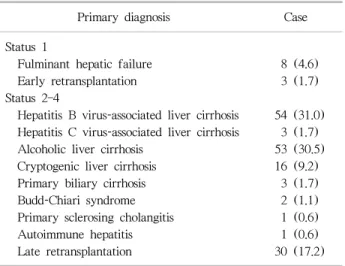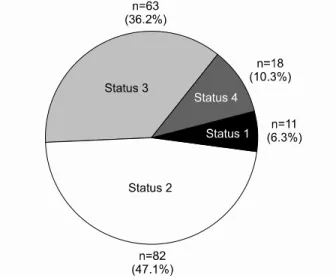관련 문서
Objective: The purpose of this study is to use it as a basis for the health care guidelines for the muscle mass and cardiovascular disease of Korean population by
This is a study for the entries into international market of Korean ship management service as one of the counterproposal for strengthen its competitiveness of
웹 표준을 지원하는 플랫폼에서 큰 수정없이 실행 가능함 패키징을 통해 다양한 기기를 위한 앱을 작성할 수 있음 네이티브 앱과
1 John Owen, Justification by Faith Alone, in The Works of John Owen, ed. John Bolt, trans. Scott Clark, "Do This and Live: Christ's Active Obedience as the
The histological course of nonalcoholic fatty liver disease: a longitudinal study of 103 patients with sequential liver biopsies.. McPherson S, Hardy T, Henderson
만 성 B형 간염의 치료 가이드라인은 1990년대 말부터 아시아- 태평양간학회 (Asian Pacific Association for the Study of the Liver, APASL), 미국간학회(American Association
For this, this study analyzed the ethnic and national identity of Korean Chinese by approaching the context of political, cultural and ideological systems
For the association study, I analyzed the correlation of each SNP for Alzheimer's disease by logistic regression models using Additive genetic model after adjustment of

